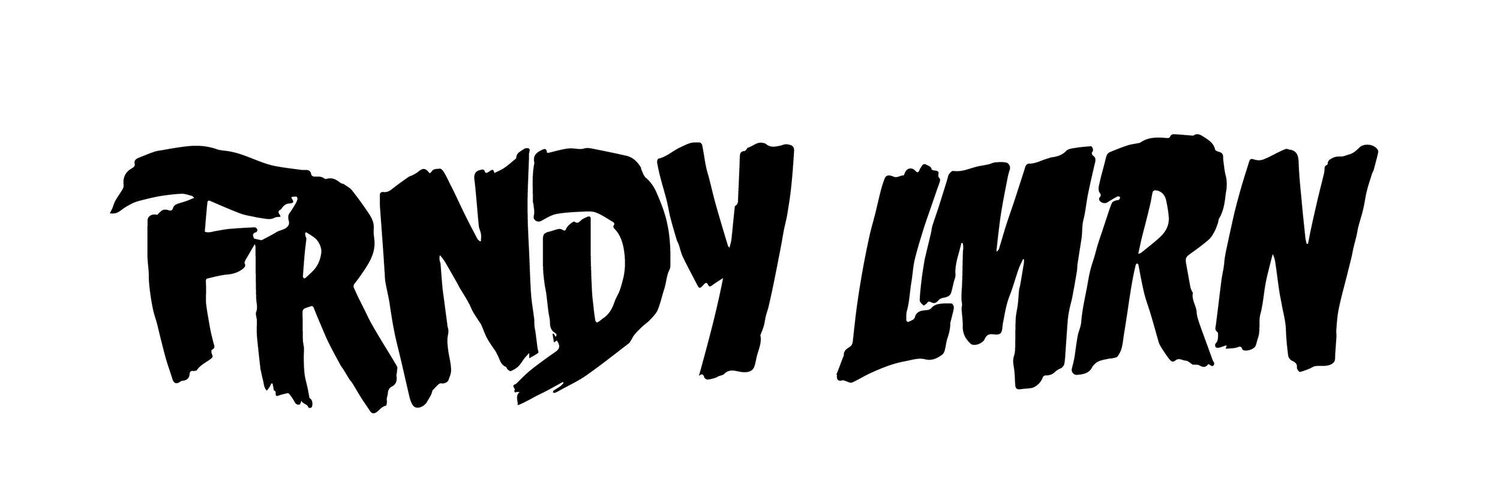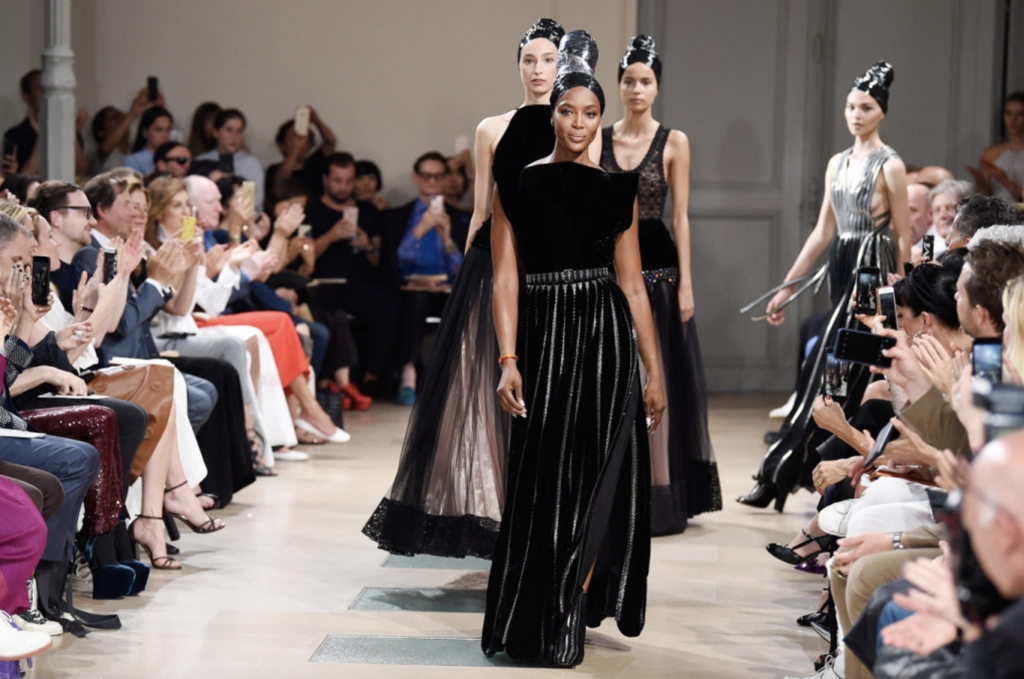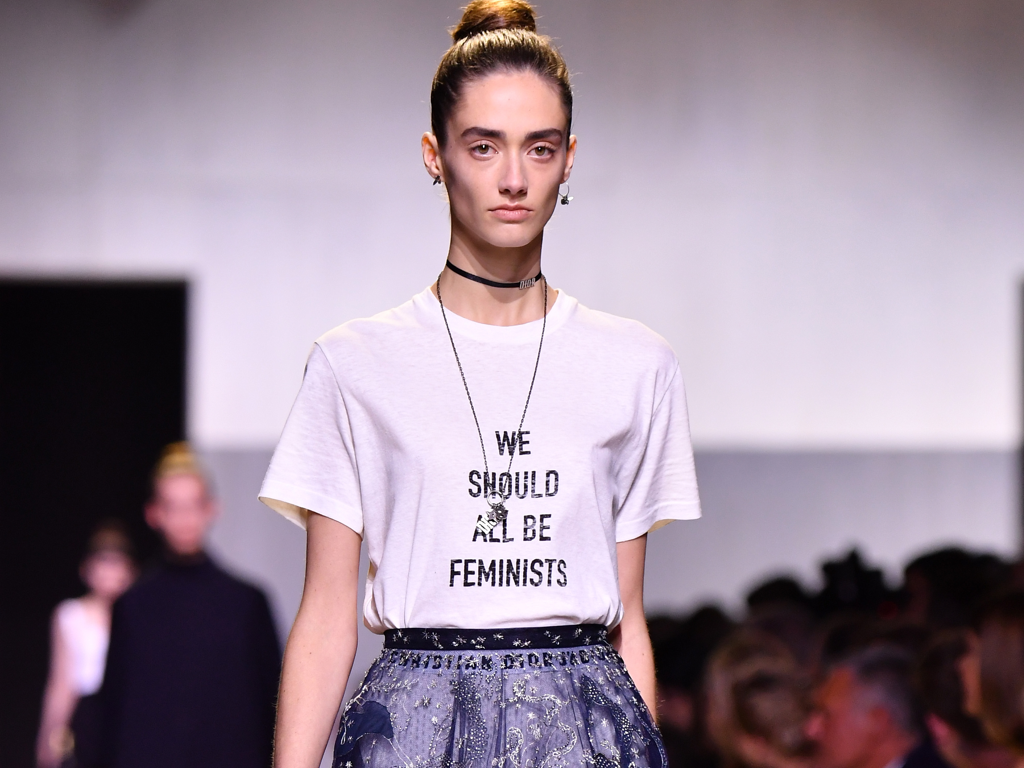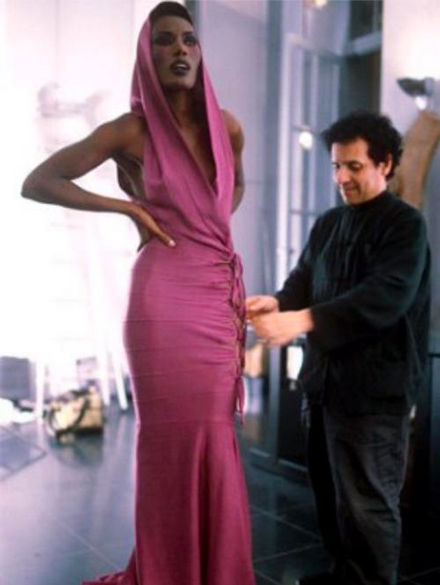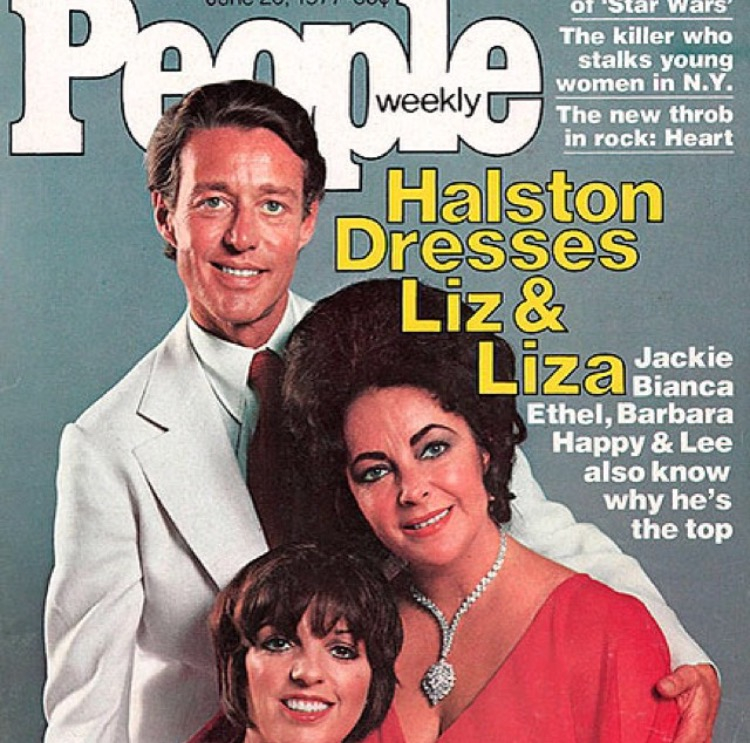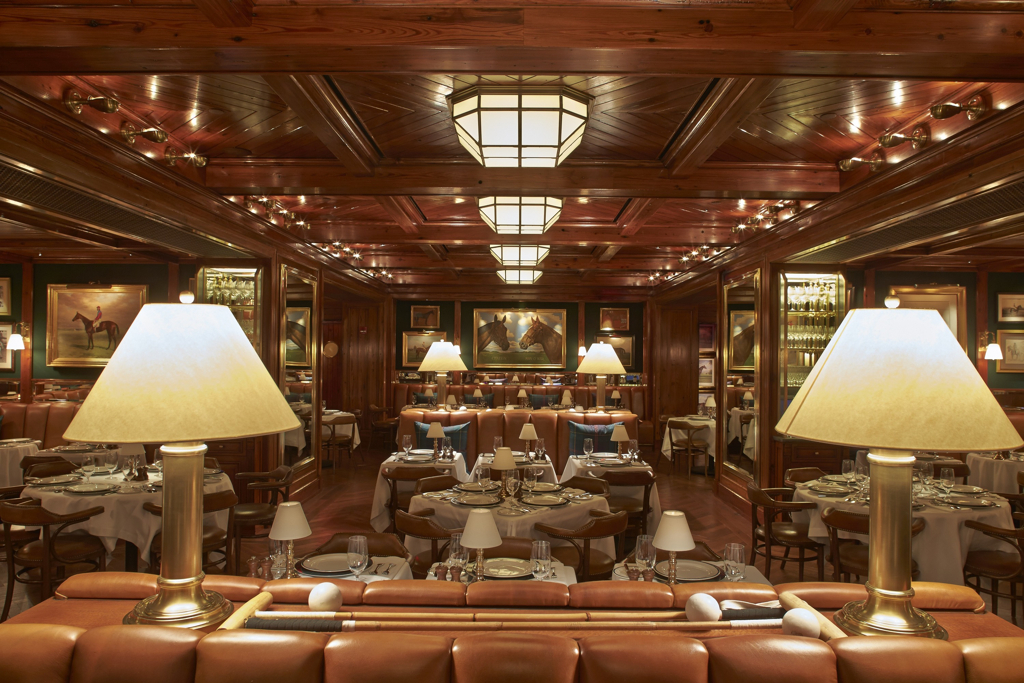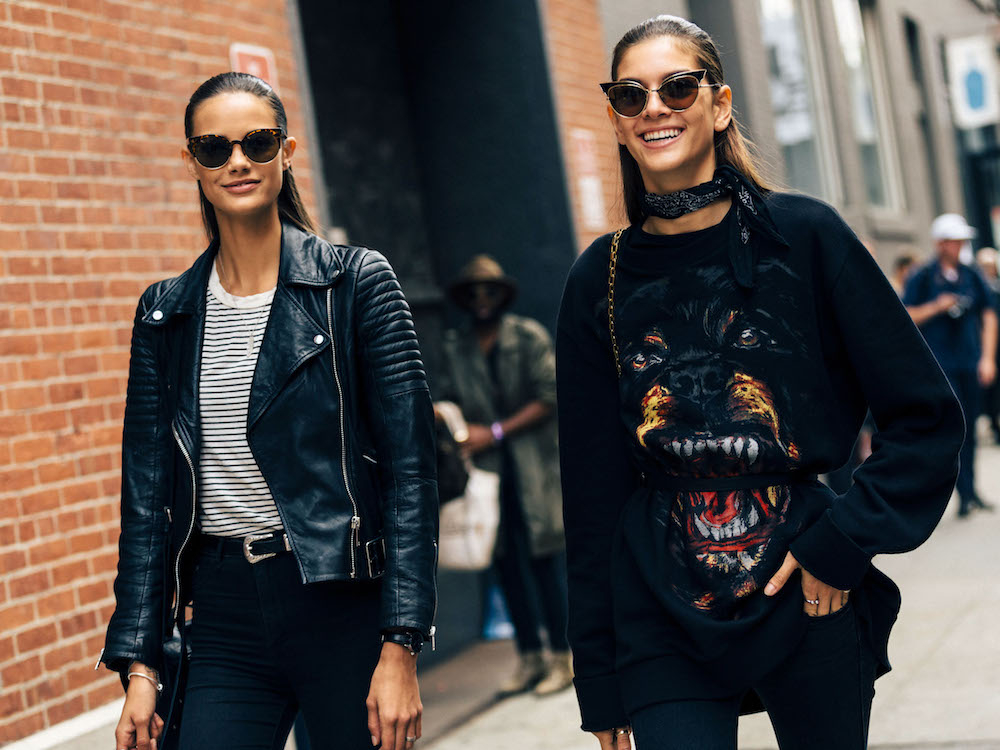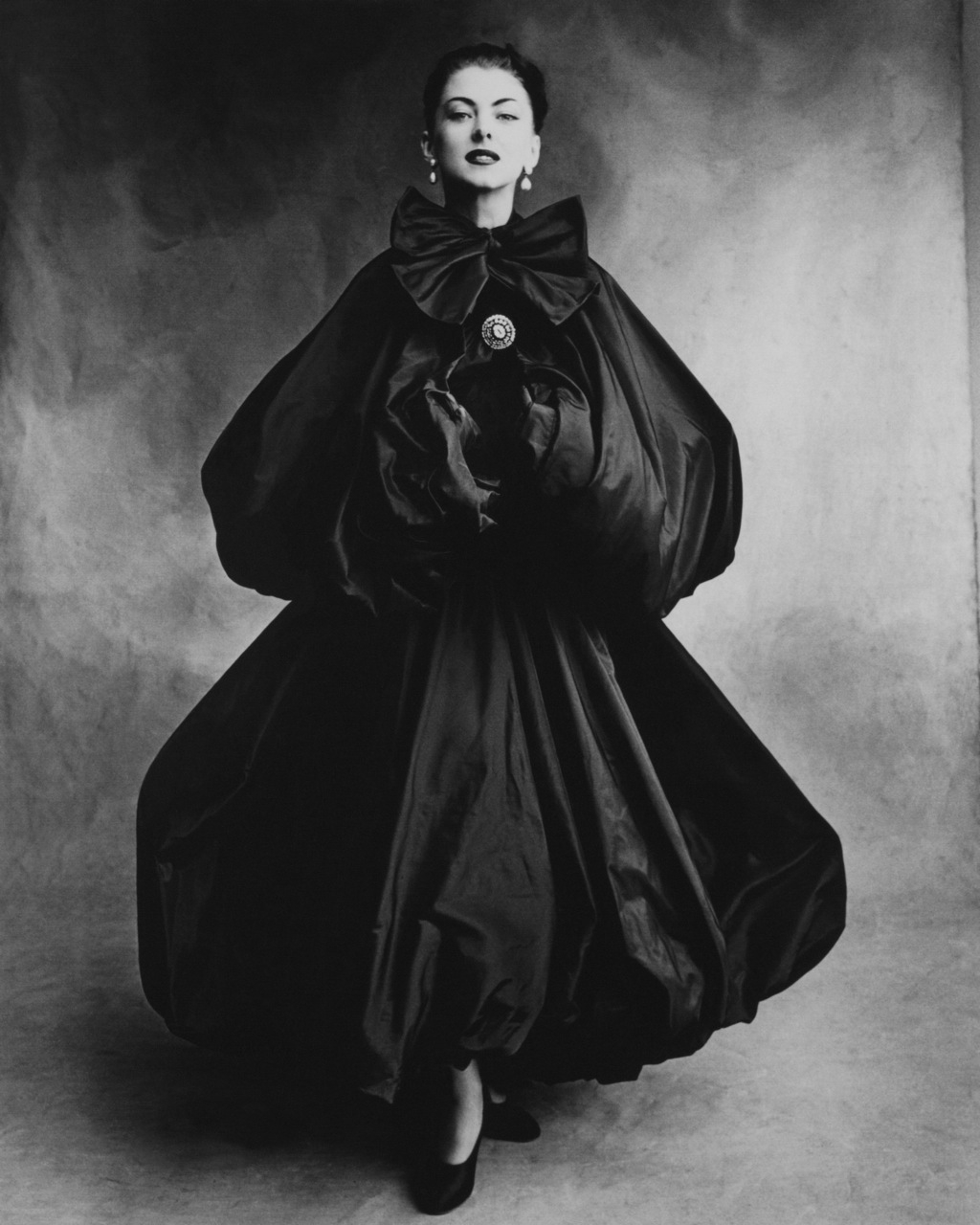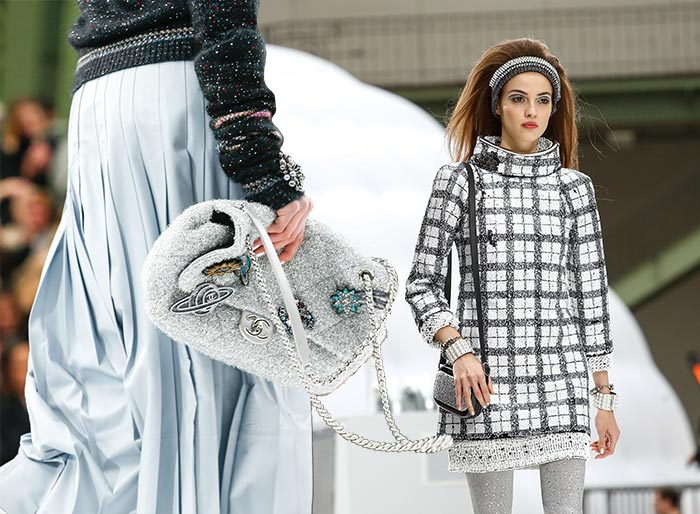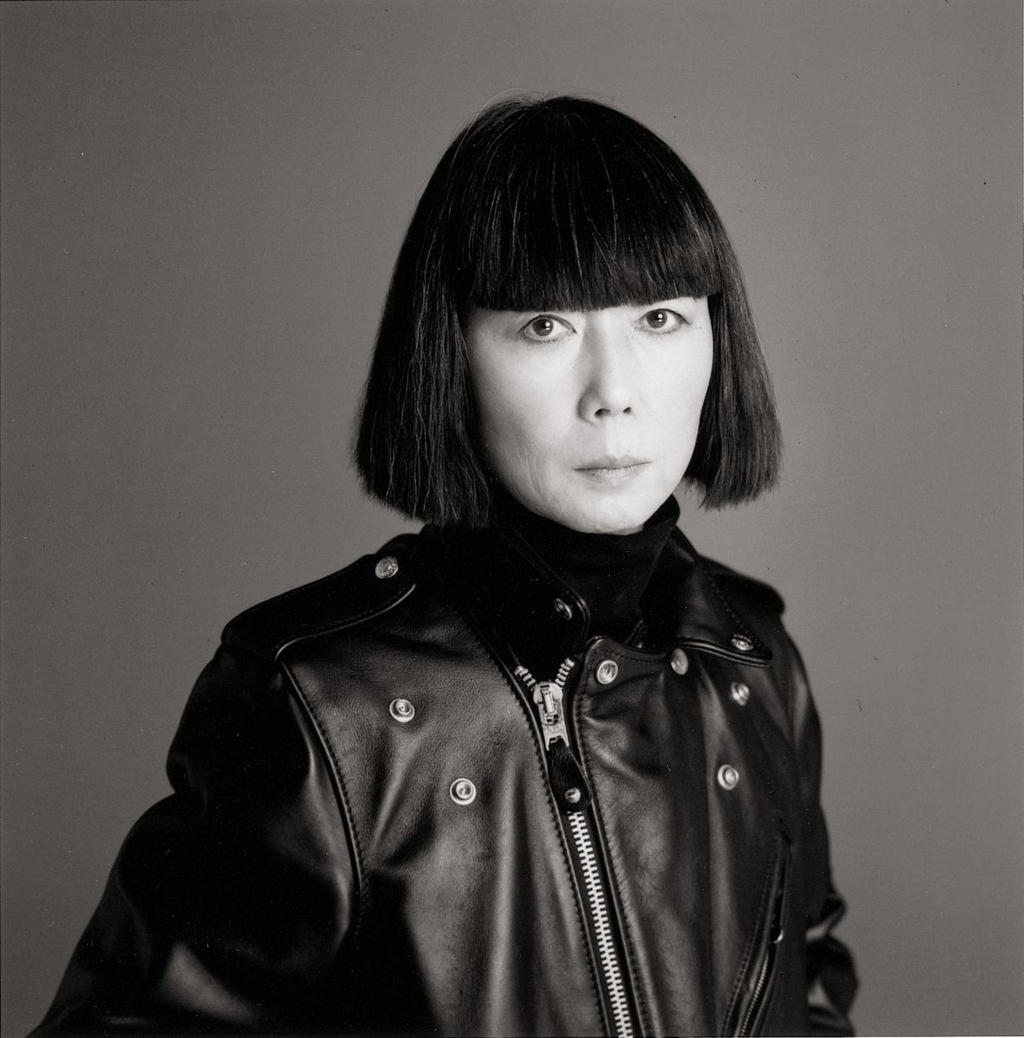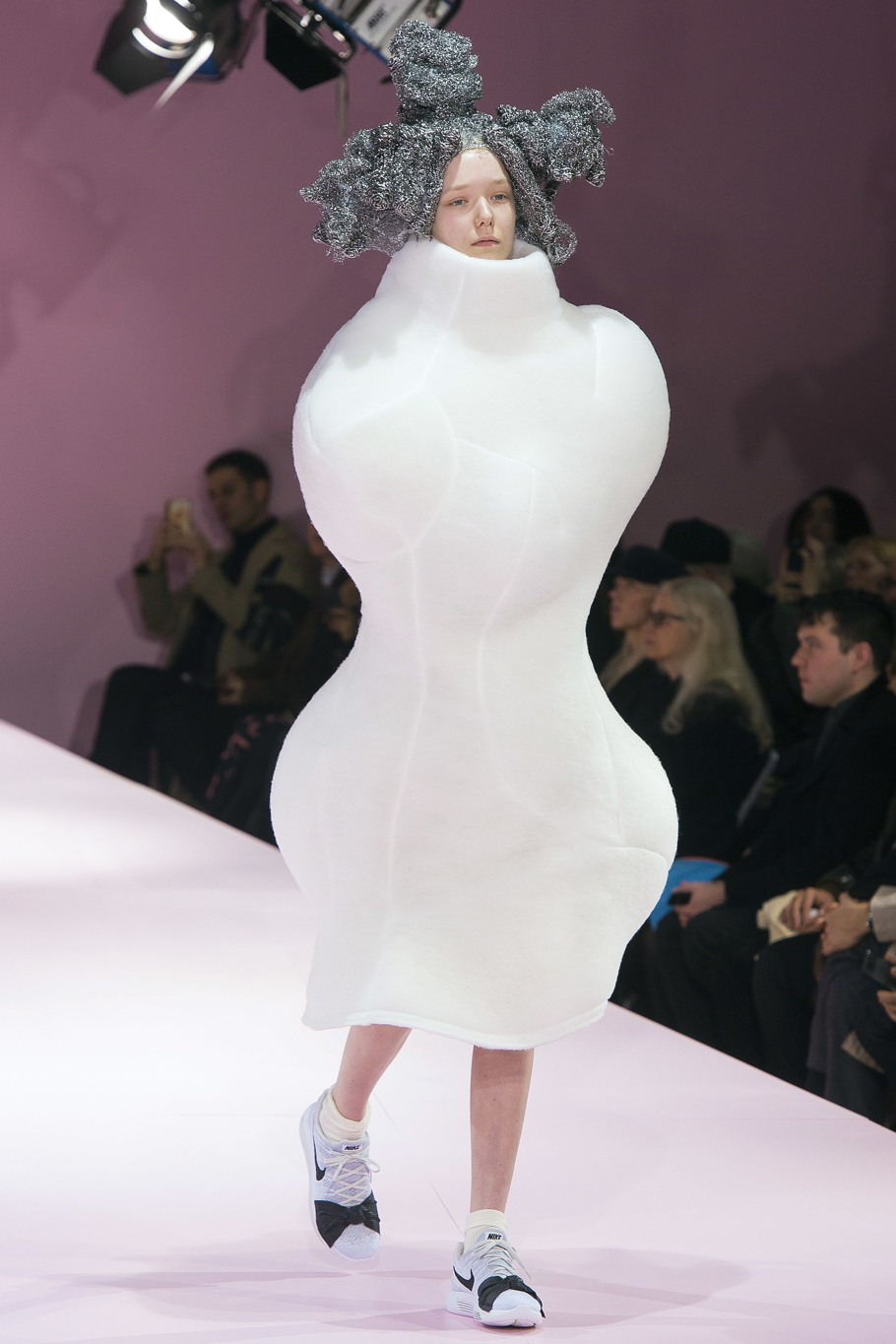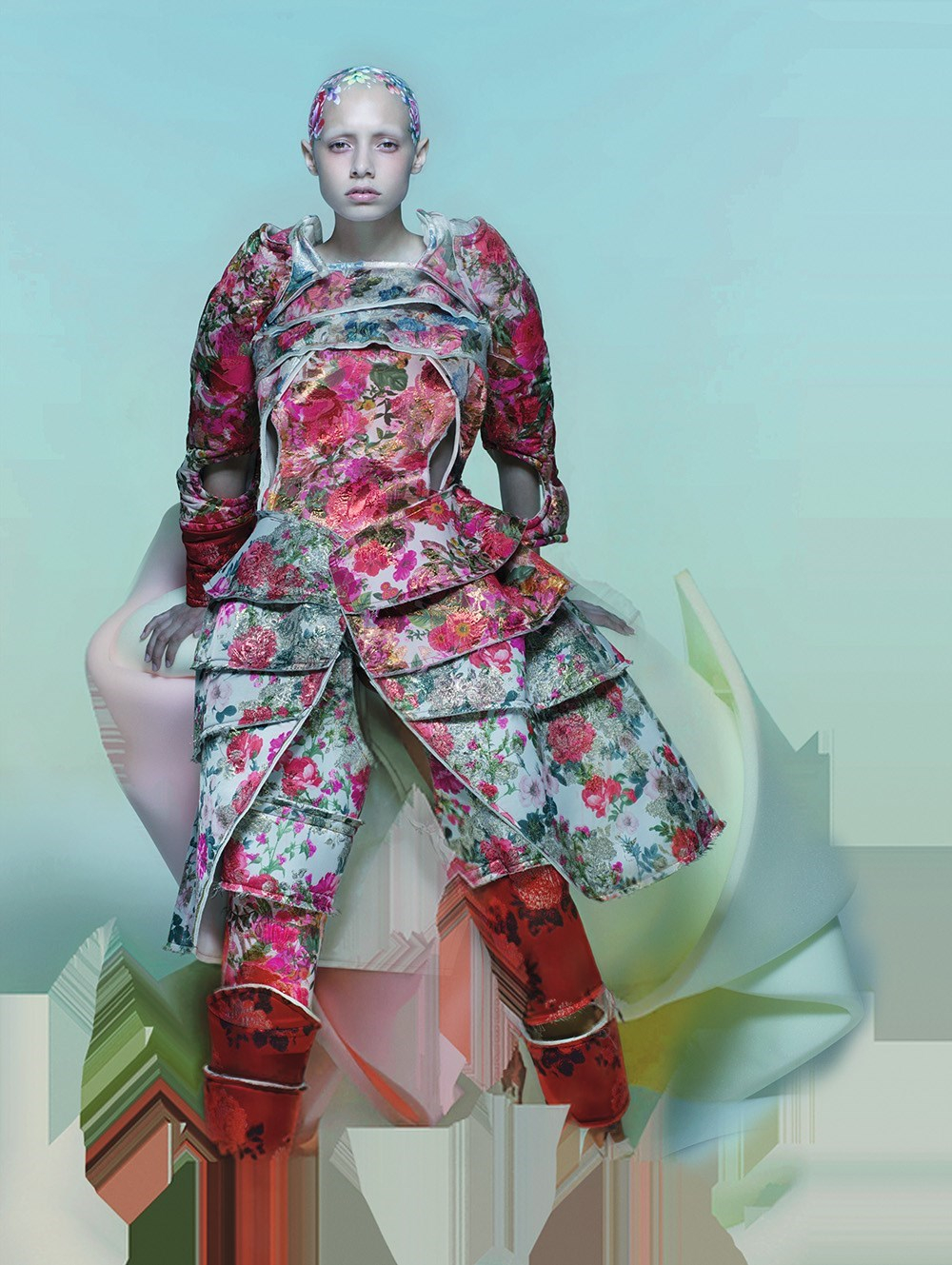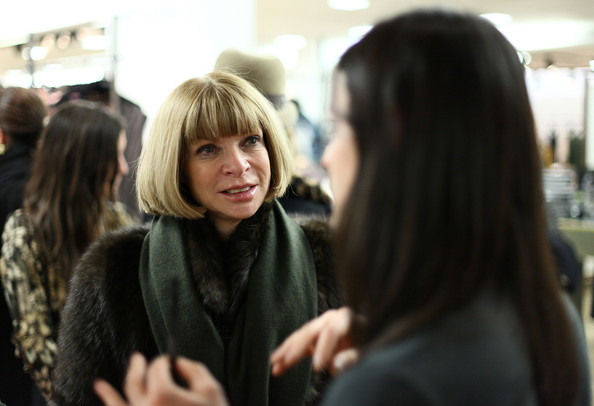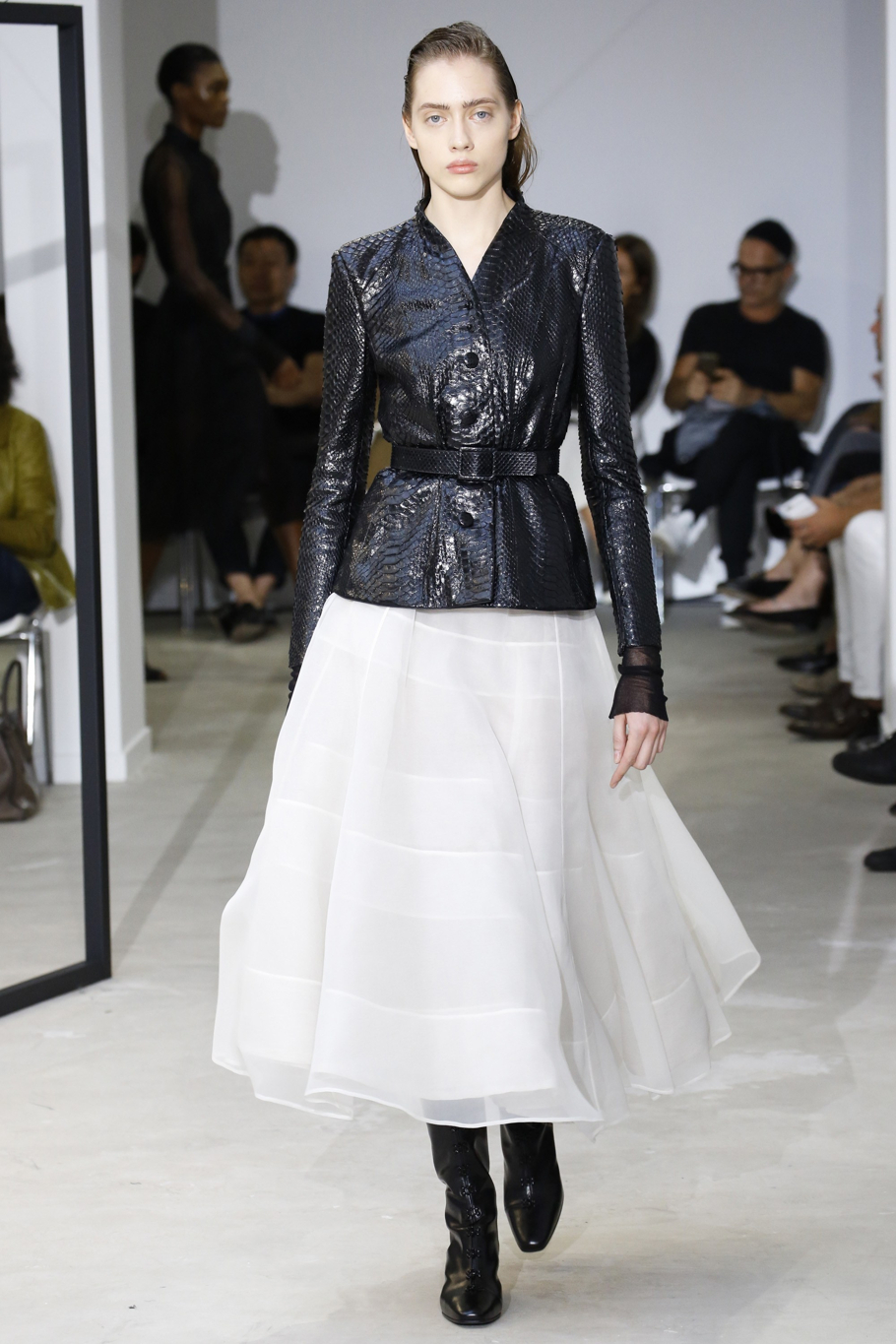Bruce Weber: Sex, Lies and Nightmares
Sometime around the year 2000, when I was still in elementary school, I remember walking through my older cousin’s bedroom which was, as is the case with many teenagers, adorned with posters. There was one fixed with pseudo discretion right next to the entryway so that it became partially obscured when the door swung open. It had a vertical orientation with the ephemeral, grainy resolution of film that made its date difficult to pinpoint. In it, a young naked woman with flaxen hair, made luminous by the sun, strolled through a field of wild vegetation in relaxed bliss, a smile spreading across her face. It was Abercrombie & Fitch’s heyday, and I’d grown accustomed to this kind of imagery streaked across shopping bags toted around the mall. I recognized instantly this photograph was related though by what means I didn’t know. It was only later that I learned what connected them was Bruce Weber.
Weber, 71, is one of the world’s leading photographers who has garnered particular acclaim for his work in glossy publications. He has lensed so many iconic ad campaigns, editorials and personal book projects I doubt even he keeps track. Weber has long been the subject of rumors about what has or has not happened on his exclusive sets, but being the power player that he is, nothing has seemed to stick with any serious consequences. Until now. A bevy of current and former models, numbering no fewer than 15, who at one time worked with Weber have come forward—first in individual Instagram posts, and now in a damning New York Times exposé that accuses both Weber and fellow fashion titan Mario Testino of gross abuses of authority. I could most definitely make this piece an examination of them both, but, for now, my focus lies squarely on Weber. Though the accusations that have come to light are truly horrific, Weber has always been a problematic figure and whatever the outcome may be, it is long past time for fashion to move on without him.
A couple of months ago, the men’s fashion magazine VMan promoted a 2018 calendar on social media which featured a different male model for each respective month, all with the chiseled bone structure and sinewy abdominal wall found throughout Weber’s portfolio. The images were indeed beautiful and I instantly messaged one to a good friend who also happens to be a photographer. I mentioned to her how incredible all the men looked, but qualified that I was conflicted having never decided definitively if I thought Weber was exploitative. “I think he is creepy, but talented,” she replied. “Creepy only because he seems like a dirty old man.” She also mentioned apprehension at his glass closet image. I couldn’t help but agree with both points. Despite being married to his agent and studio manager Nan Bush, his homoerotic imagery and apparent intimate detachment from Bush have always led most observers to conclude that their union was one strictly of business. The stories now trickling forth seem to bear that out.
Among other things, Weber is accused of forcibly touching male models using his infamous ‘breathing technique’ whereby he leads a subject through exercises in a supposed attempt to relax them enough to take an astonishing picture. However, from what has been reported in the Times and confirmed by several models independently, this procedure often involved Weber guiding a model’s hands to their genitals as he stood uncomfortably close, sometimes with his fingers in their mouths, and even resulted in forced masturbation in some instances. Those who didn’t comply or were visibly uncomfortable were never contacted for work again, usually killing their career just as it began.
To learn that Weber had a ‘casting couch’ process of sorts didn’t surprise me as the public has become only too aware of these sinister methods as employed by the likes of Harvey Weinstein. These disturbing accounts of Weber using his position to force nudity and unwanted sex acts on those who posed for him both angered me as a human and as a person in the same field. I’ve spent time on sets as a stylist’s assistant helping dress models for shoots, but I always made doubly sure to keep my gaze where it belonged, worked as quickly as possible, touched only when and where absolutely necessary to do the work and maintained conversation to gauge their level of comfort. From what was reported by numerous men, Weber often asked his subjects to strip for ‘test shoots’ in small quarters and made advances while no one else was present. The truth is, that kind of excessive nudity is totally unnecessary even for assignments that require someone to disrobe. As model Jason Fedele astutely said in the Times article, “...If you do get the job, the majority of the time you’re not naked and you’re not in a swimsuit. So what’s really happening is that these guys are gauging whether you’re open or shy or close-minded or, quite frankly, whether you’re gay or hetero and willing either to flirt with them or to submit to an advance.” The youth and inexperience of his alleged victims only made them more susceptible to this manipulative behavior.
For generations of people, Weber’s work has come to embody sex. He took the carefree lightness of 20th century Health Photography, which depicted active people relishing the outdoors and imbued it with an eroticism that shaped how people engaged with everything from Calvin Klein to Ralph Lauren toBanana Republic. As a gay man, I always had an appreciation for these kinds of photographs. They were unabashed in their sexuality and dared you to look with unblinking eyes. I found the featured men adonis-like, and Weber’s eye captured intangible details specific to the gay point of view that appealed to the voyeur lurking in everyone. But even before I heard the rumors, they gave me pause. There was something too invasive and undue about much of what he produced. He wasn’t like George Platt Lynes exploring his own sexuality and giving a face to gay men or even Picasso distorting women in an attempt to physicalize his tumultuous romances with lovers while eradicating traditional form. No matter how wonderfully composed his nude photographs were, elements were amiss and the patterns of predation described with striking similarity by so many buttress my worst assumptions.
That same VMan calendar that kicked off my renewed processing of Weber’s oeuvre highlighted another issue the fashion industry has seemed content to ignore. It caused more than a little internet chatter when viewers quickly recognized that of the 12 models featured, all were white or, at the very least, so fairly complected that no one who didn’t know them personally would be able to tell otherwise. One Instagram commenter quipped, “Even the dogs are white,” in reference to the Golden Retriever puppies that populated a group shot. This project—like the poster I remember from years ago, nearly all of his fashion editorials, monographs and advertising—featured people sharply limited in demographics. Yes, Weber has included people of varying backgrounds in the past, but often only when the subject matter or location absolutely demanded it. His vision has become synonymous with the fantasy of America and Americana yet the danger lies in his unwillingness to showcase the people of color who contribute to its social fabric. Other legendary photographers of the past with sexually charged styles, such as Herb Ritts and Robert Mapplethorpe, regularly used models of color and appreciated their beauty along with the different compositions those models allowed them to craft. When fashion claims a need to diversify its ranks, why continue working with someone who so stubbornly refuses to be a part of the solution?
Many have come to Weber’s defense in recent days citing phenomenal experiences and trusting relationships. I’m sure those people have nothing but good memories. But those statements of support do not and cannot invalidate the stories already amassed, the count of which I’m positive will grow in the coming weeks. Bruce Weber may appear like everyone’s imagined hippy grandfather swathed in billowing scarves and gauzy bandanas that cover his Santa-like white hair, but that doesn’t mean he’s incapable of being the proverbial wolf in sheep’s clothing. I believe the men who have come forward and it’s time for a business that casually doles out abuse with a wink and a that’s-just-the-way-we-do-things attitude to do the same.
Written by Martin Lerma
